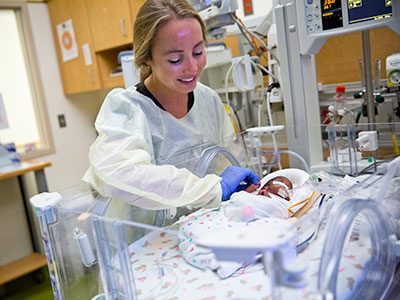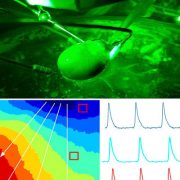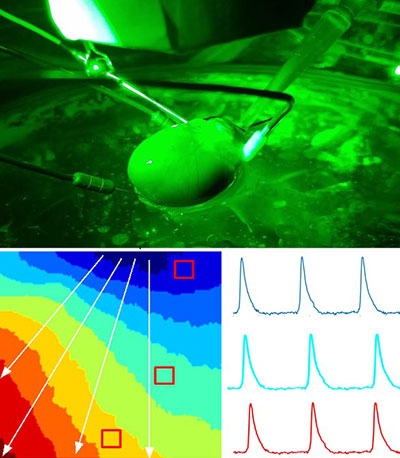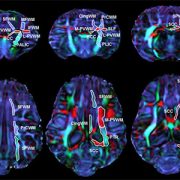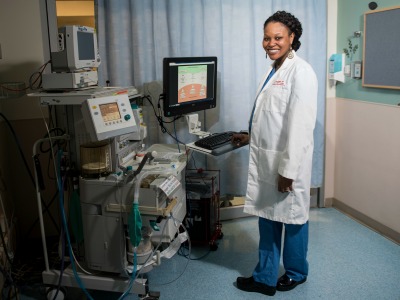Making the grade: Children’s National is nation’s Top 5 children’s hospital

Children’s National rose in rankings to become the nation’s Top 5 children’s hospital according to the 2018-19 Best Children’s Hospitals Honor Roll released June 26, 2018, by U.S. News & World Report. Additionally, for the second straight year, Children’s Neonatology division led by Billie Lou Short, M.D., ranked No. 1 among 50 neonatal intensive care units ranked across the nation.
Children’s National also ranked in the Top 10 in six additional services:
- Neurology and Neurosurgery (No. 5), led by Roger Packer, M.D., and Robert Keating, M.D.
- Nephrology (No.6), led by Marva Moxey-Mims, M.D., FASN
- Cancer (No. 7), led by Jeffrey Dome, M.D., Ph.D.
- Orthopedics (No. 8), led by Matthew Oetgen, M.D.
- Pulmonary (No. 9), led by Anastassios Koumbourlis, M.D., M.P.H., and
- Diabetes and Endocrinology (a tie for No. 10), led by Fran Cogen, M.D., acting division co-chief
For the eighth year running, Children’s National ranked in all 10 specialty services, which underscores its unwavering commitment to excellence, continuous quality improvement and unmatched pediatric expertise throughout the organization.
“It’s a distinct honor for Children’s physicians, nurses and employees to be recognized as the nation’s Top 5 pediatric hospital. Children’s National provides the nation’s best care for kids and our dedicated physicians, neonatologists, surgeons, neuroscientists and other specialists, nurses and other clinical support teams are the reason why,” says Kurt Newman, M.D., Children’s President and CEO. “All of the Children’s staff is committed to ensuring that our kids and families enjoy the very best health outcomes today and for the rest of their lives.”
The excellence of Children’s care is made possible by our research insights and clinical innovations. In addition to being named to the U.S. News Honor Roll, a distinction awarded to just 10 children’s centers around the nation, Children’s National is a two-time Magnet® designated hospital for excellence in nursing and is a Leapfrog Group Top Hospital. Children’s ranks seventh among pediatric hospitals in funding from the National Institutes of Health, with a combined $40 million in direct and indirect funding, and transfers the latest research insights from the bench to patients’ bedsides.
“The 10 pediatric centers on this year’s Best Children’s Hospitals Honor Roll deliver exceptional care across a range of specialties and deserve to be highlighted,” says Ben Harder, chief of health analysis at U.S. News. “Day after day, these hospitals provide state-of-the-art medical expertise to children with complex conditions. Their U.S. News’ rankings reflect their commitment to providing high-quality care.”
The 12th annual rankings recognize the top 50 pediatric facilities across the U.S. in 10 pediatric specialties: cancer, cardiology and heart surgery, diabetes and endocrinology, gastroenterology and gastrointestinal surgery, neonatology, nephrology, neurology and neurosurgery, orthopedics, pulmonology and urology. Hospitals received points for being ranked in a specialty, and higher-ranking hospitals receive more points. The Best Children’s Hospitals Honor Roll recognizes the 10 hospitals that received the most points overall.
This year’s rankings will be published in the U.S. News & World Report’s “Best Hospitals 2019” guidebook, available for purchase in late September.




